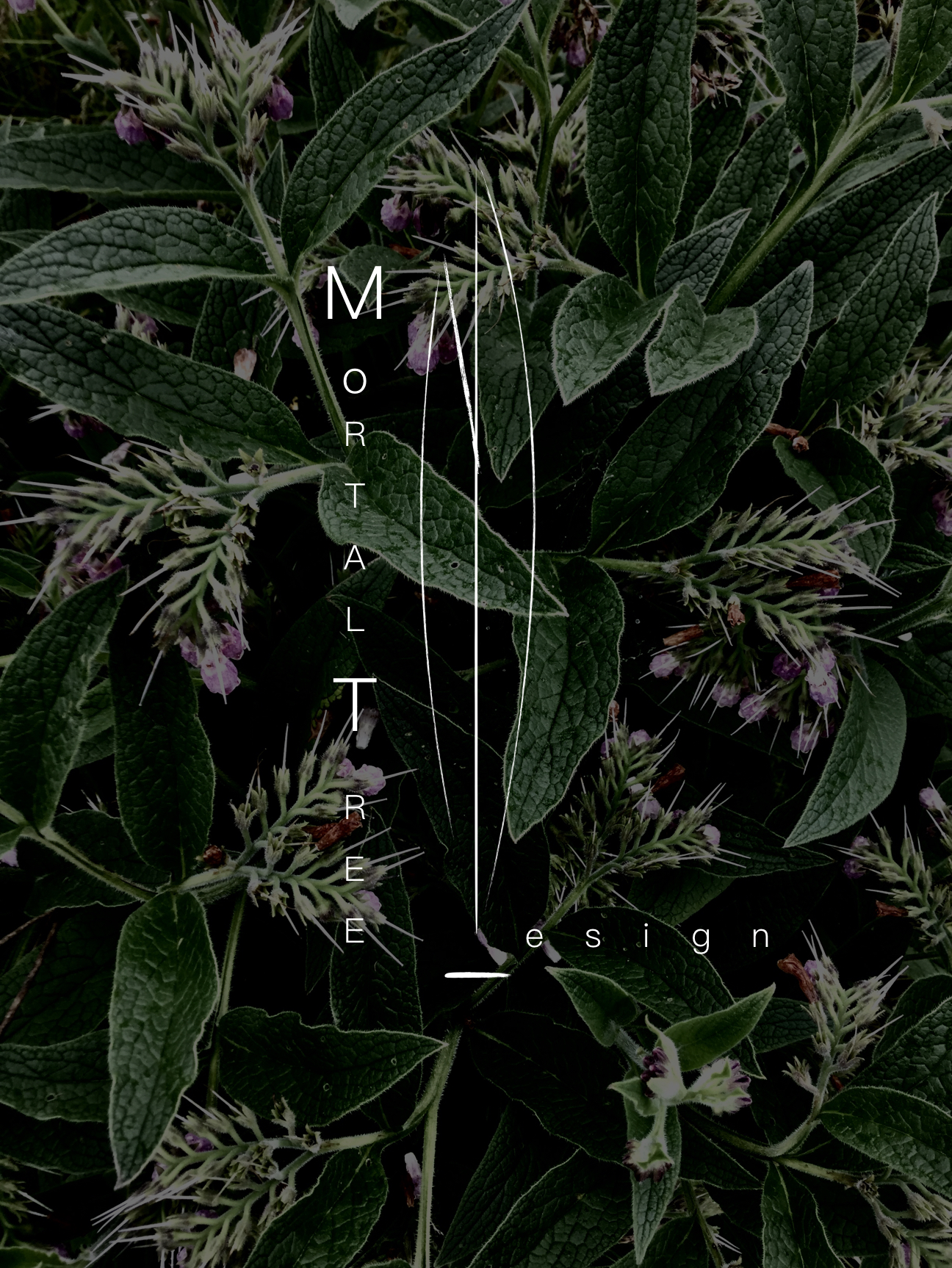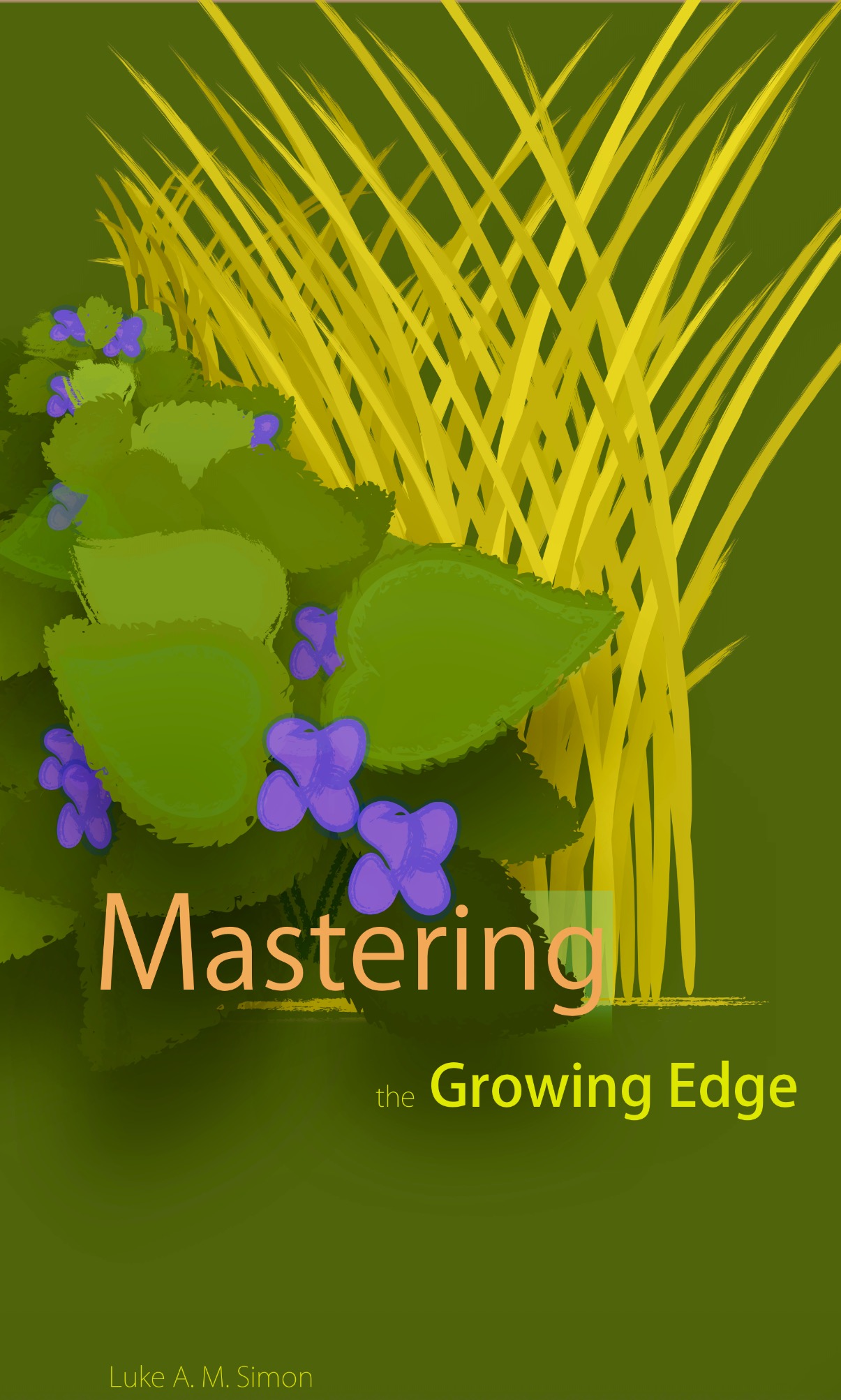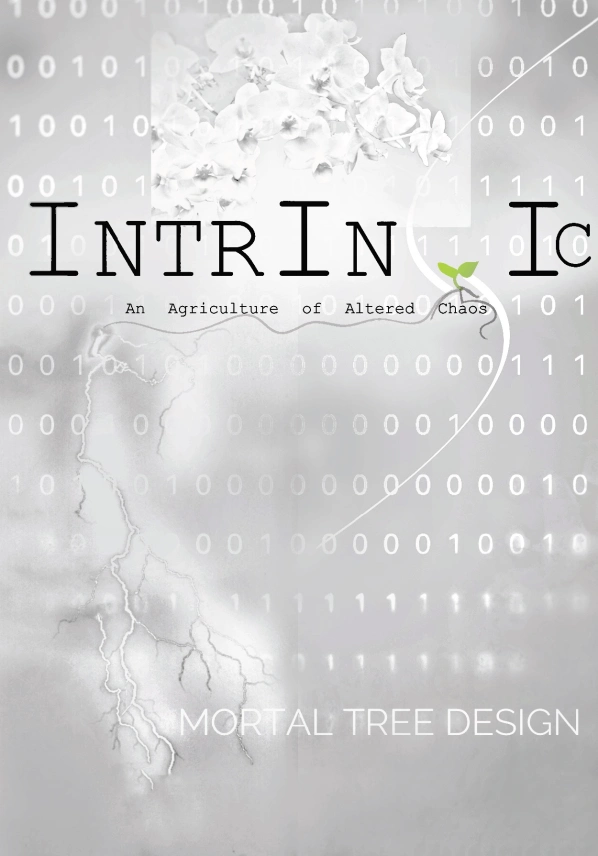How many people reading this even know what camassia are? Until lately, I just had the general idea they are hyacinth-looking flowers, and hadn’t the slightest inkling of their edible history or they’re potential as an excellent crop in food forests.
Camassia is a genus of plants native to North America with species like C. scilloides growing in the eastern United States, C. cusikii in the mountains of Oregon, and the most well known, C. esculenta and C. quamash, in the middle of the United states on the great plains with several other kinds in between.
It was on the great plains that camassia was used as staple food by several Indian tribes. It’s bulbs, like the tubers of another great plains plant, Jerusalem Artichokes (Helianthus tuberosus), would be baked slowly for several days in pits on burning coals. This broke down the inulin camassia contains, making them more digestible, turning them a carmalized dark brown, with gooey but not sticky texture, the flavor similar to winter squash. At least, so I’m told.
I’m just getting my own camassia in the ground this fall, and still waiting to get some for eating. I have seen how they grow though, because my neighbor has some. She grows them in very deep shade for a plant of the great plains, I thought. Then I asked her about their shade tolerance, and she reminded me that on the great plains there are a lot of very tall grasses and other plants like sunflower for instance. Since camassia is only about a foot tall, all these plants act as an upper story, leaving it in the shade. In many ways, it really is an understory plant.
Of course, they’re habitats vary, as I said. Camassia scilloides, for instance, grows in woodlands, while others grow on plains. I have read that camassia often prefer moist, rich meadows, but then I have read that C. lecthinii grows in the crevices of rocks!
Just think what that means for the food forest gardener: A plant that grows in shade, with or without weed competition, in wet places, in dry places –what we’d think entirely inhospitable for food crops — but it has excellent food qualities.
I’ll compare them to growing potatoes. Potatoes can’t stand weed competition very well, like to be hilled if you want a good crop, are not native here (they’re native to the Andes), and need sunlight, of which an established food forest will have limited amounts.
Camassia can be grown under trees –right among grass –as my neighbor does, as is its natural habitat in North America where it is native. Then there are different species for different biomes in North America suited to wet, or dry locations. As an extra bonus, it doesn’t need hilled, and on top of it all (literally) is a very beautiful blue flower.
Camassia are the potatoes of the food forest. In fact, famed plant breeder Luther Burbank, who spent several decades breeding camassia, suggested that they could one day “supplant” the potato! It was to this aim that he hybridized camassia, trying to improve both their flower and bulb size.
Of course, with results like he got, I can imagine camassia being preffered over potatoes. Here is a passage from his book about his experience.
I found it a relatively simple matter to hybridize the different camassias. All the species seemed to combine quite readily. Some of these hybrids of the second generation produced bulbs smaller than those of their progenitors. But others grew bulbs of enormous size. Even to one who is accustomed to observe the striking variations that are produced through hybridization, it was surprising to see the extraordinary impetus given to the bulbs of the camassia by the union of different species. The bulbs of the common edible species, C. esculenta, are relatively insignificant, usually growing about one-half to three -quarters of an inch in diameter. The C. Cusickii produces the largest bulb of all, but it is large only in a relative sense, being usually little over an inch in diameter and two inches in length.But among the second genera- tion hybrids were some that produced bulbs three and a half inches across and four or even five inches in length.
I have C. esculenta and cusikii in my food forest now. I hope to do some breeding myself with these and see what I can get. Along the way I will try growing them in several situations and see what they like best. Hopefully it will give me an education that books can’t offer.
Maybe I could grow them among winter grains since they would have died down by the time the grains had started to really grow?….. I’ll see what I can get.
If anyone has already done some work with camassia, or knows someone who is working with them now, comment and let me know or contact me. Or just comment with your thoughts about them in general. I’m always open to that.
Camassia have already been a staple food plant. With some selection, and observation, I think they have the potential to be a staple food plant again. Feel free to join in the journey.






I did a post a couple months back about cooking camas that you might find useful. I’ve linked it to my comment. I don’t think it is going to rival the potato any time soon, but it does seem very responsive to selection and handles neglect much better than most food plants.
LikeLike
A guy can dream though, can’t he? From your post, it looks like I’m not alone in dreaming about improved Camass. Consider me your first customer if you are successful in the endeavor of breeding a fast(er) cooking Camass. I will be working on the same thing myself you can be sure.
Excellent cooking tips. Thanks. I can’t wait to try them myself.
I’m surprised I haven’t stumbled across your blog before; I’ll certainly be reading through it now.
LikeLike
Camass grows wild in The Palouse where I live. You see it growing on road sides everywhere. Its one of my favorite native plants because of its color but I was under the impression that it was endangered and I had read that there are some deadly look alikes, aptly named the death camass, so I figured I discretion was the better part of valor. But if its good to cultivate I might go ahead and try growing some I know are edible when I get a bit more garden space. Thanks for posting!
LikeLike
Yes, it’s pretty easy to cultivate. Very cool you’ve even seen them growing wild in your area as I’ve never seen the native C. Scilloides around here. For your area I would guess it’s C. cusickii.
Good for you to ere on the cautious side. I’m told “Death Camass” are only white and if you grow only blue to begin with you sidestep the problem entirely. I read that from Eric Toensmeier’s “Perennial Vegetables” if you’ re interested in reading more. Thanks for letting me know you are interested in growing it.
LikeLiked by 1 person